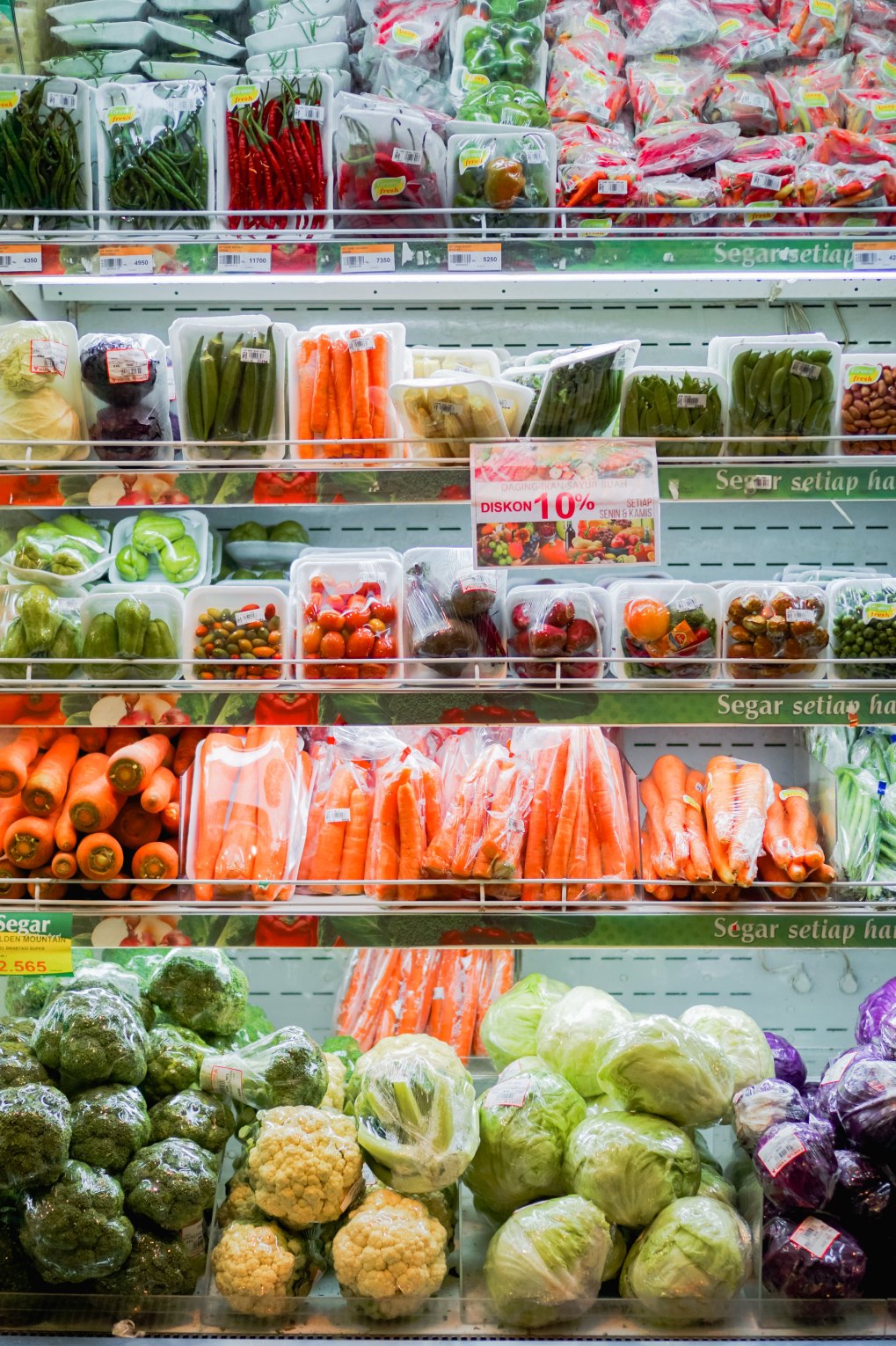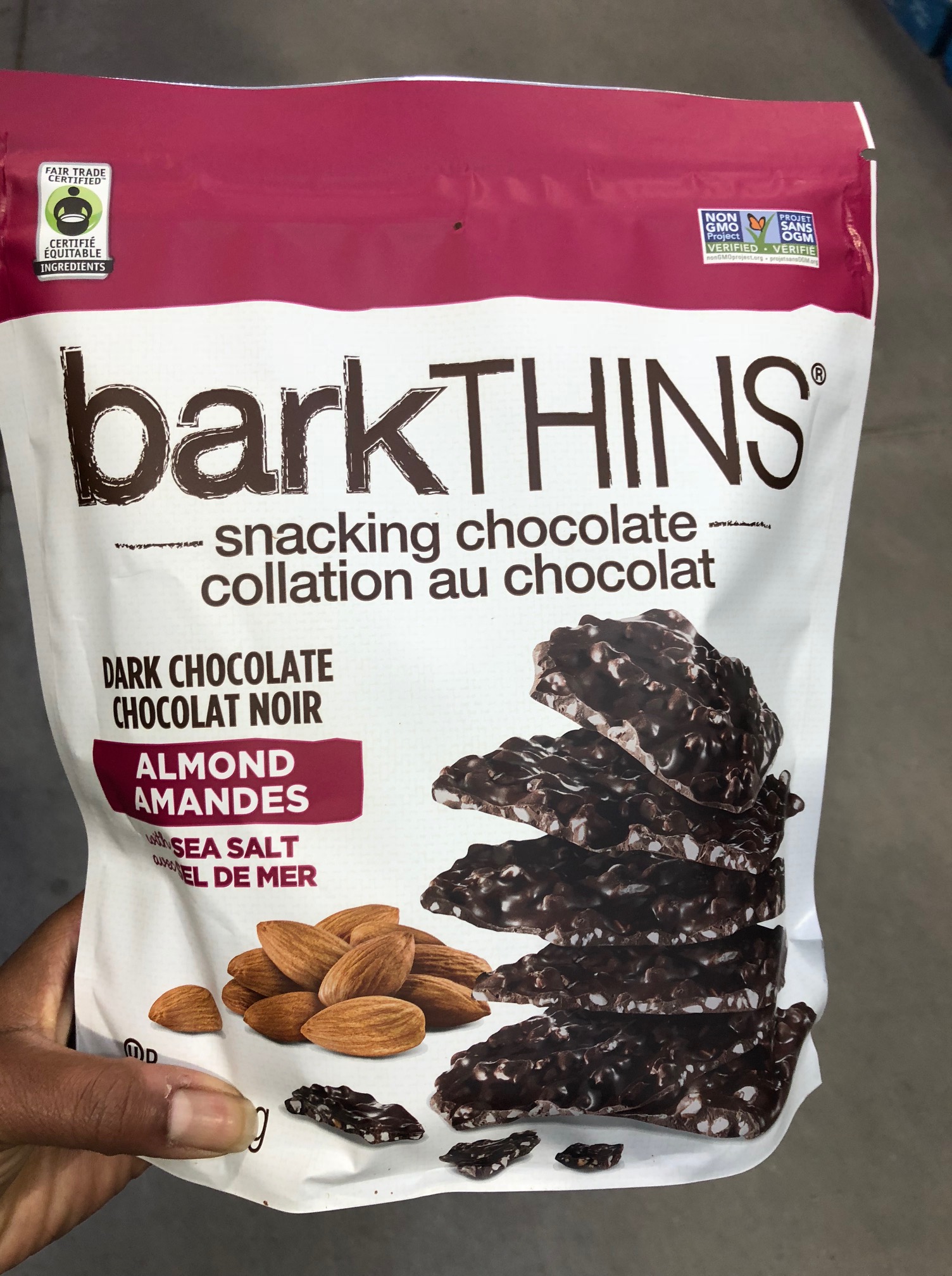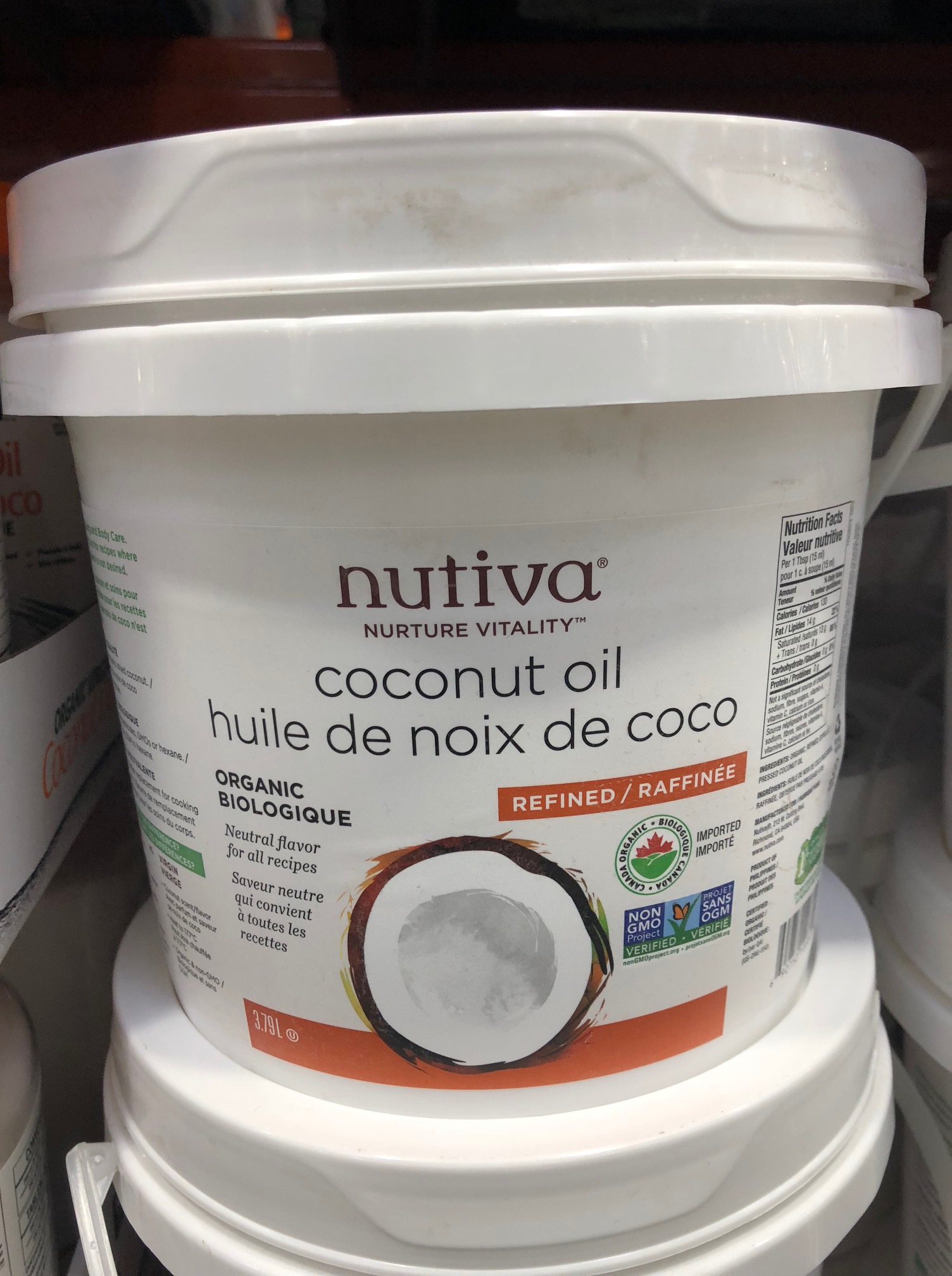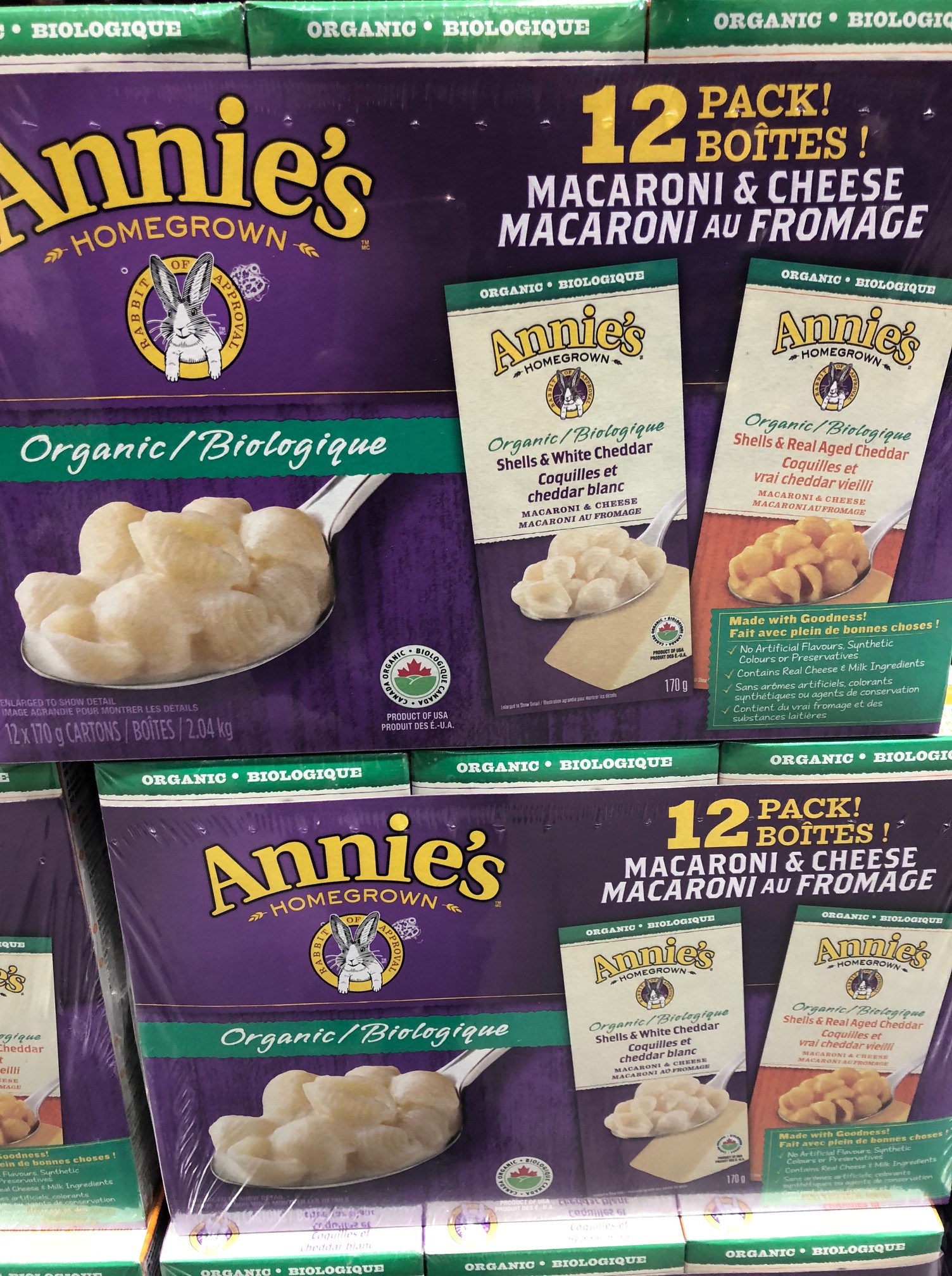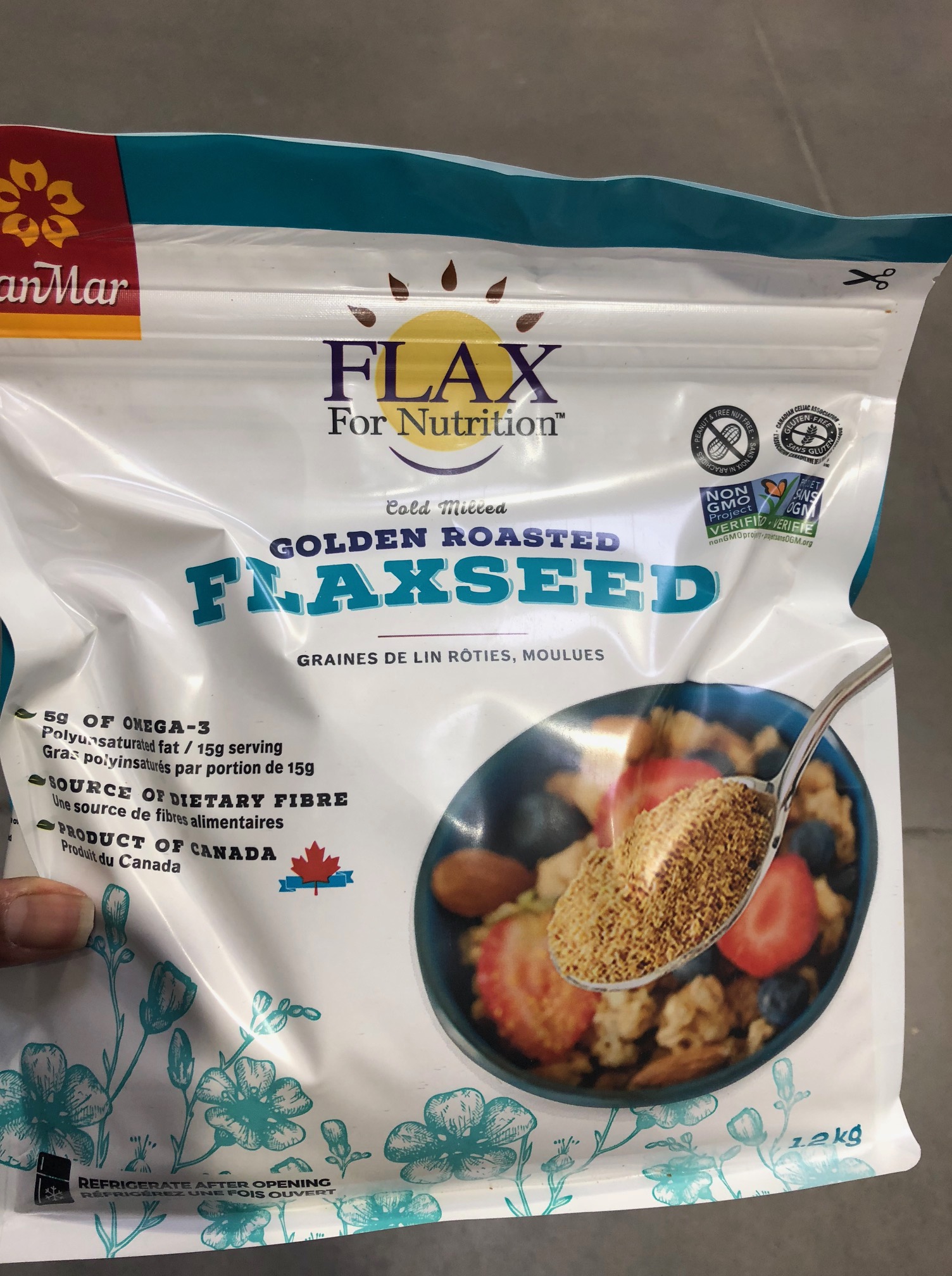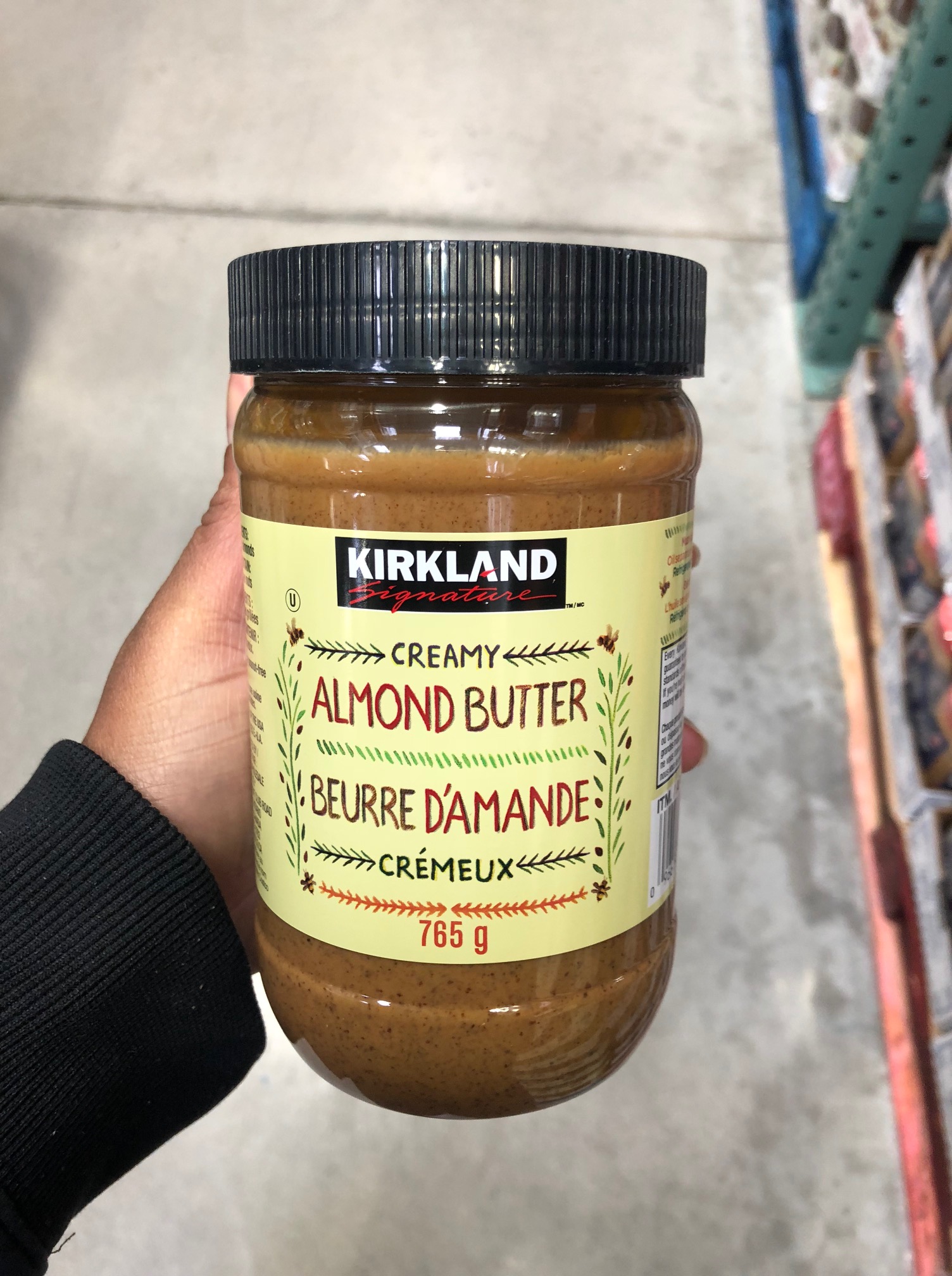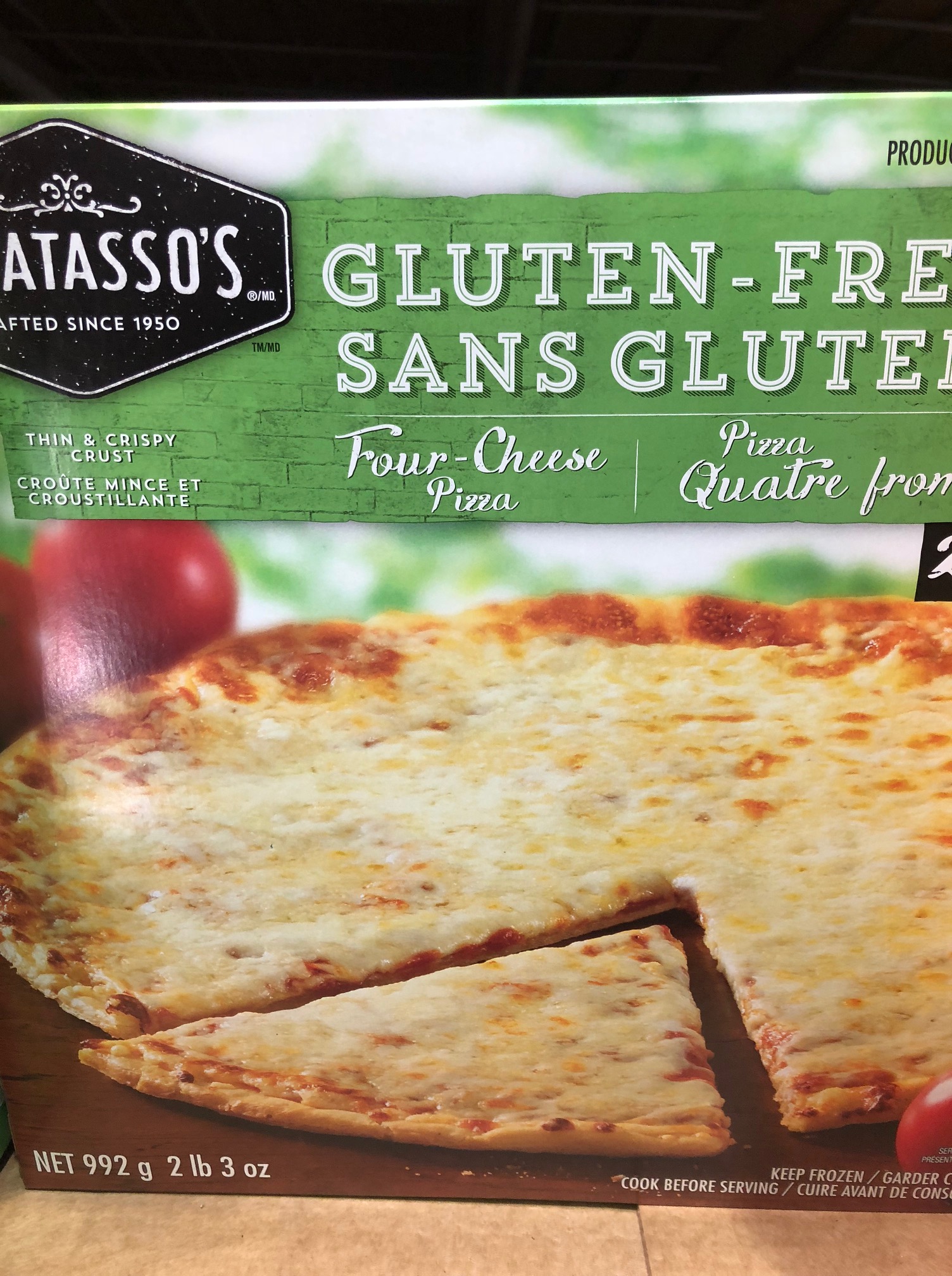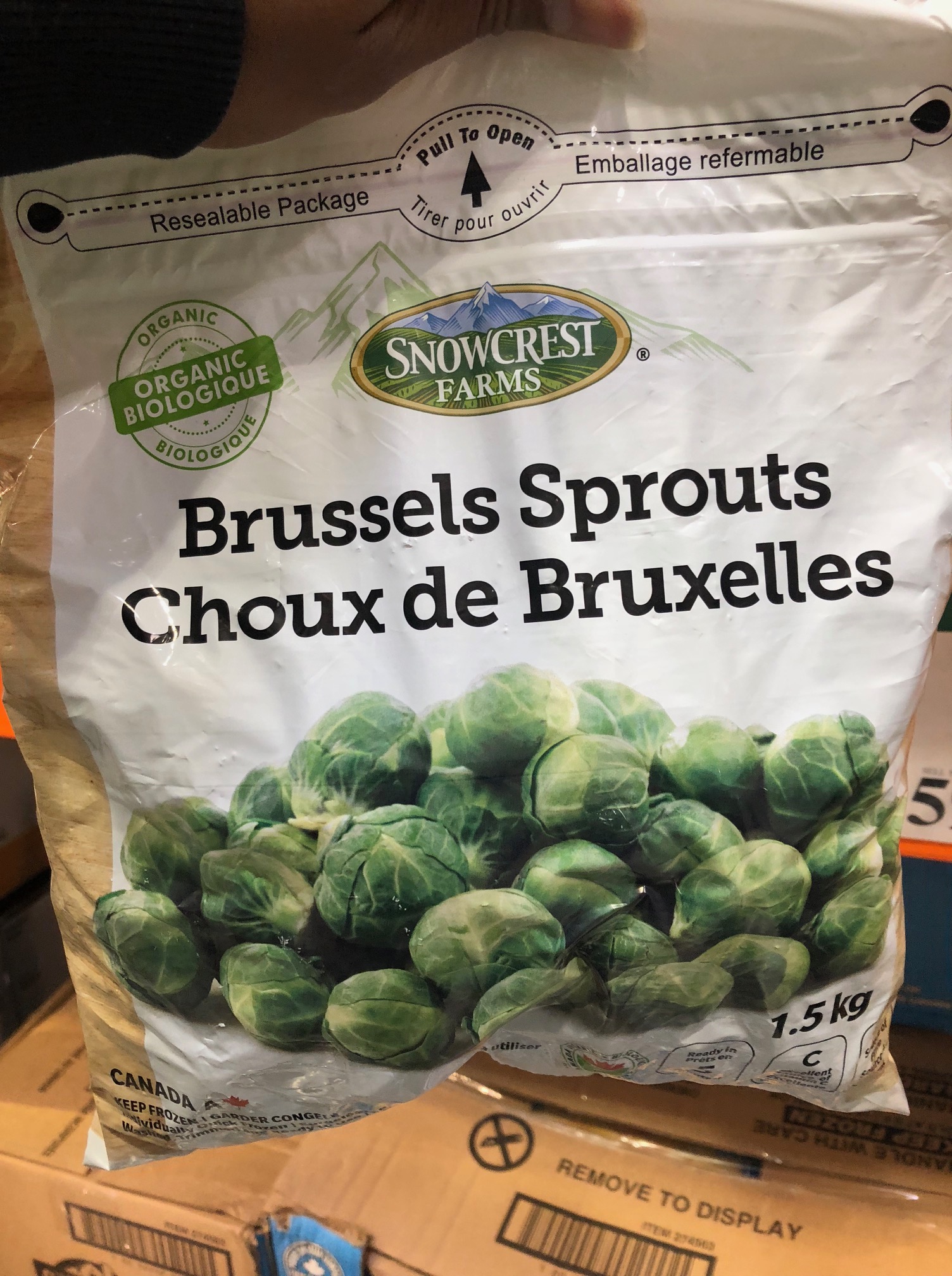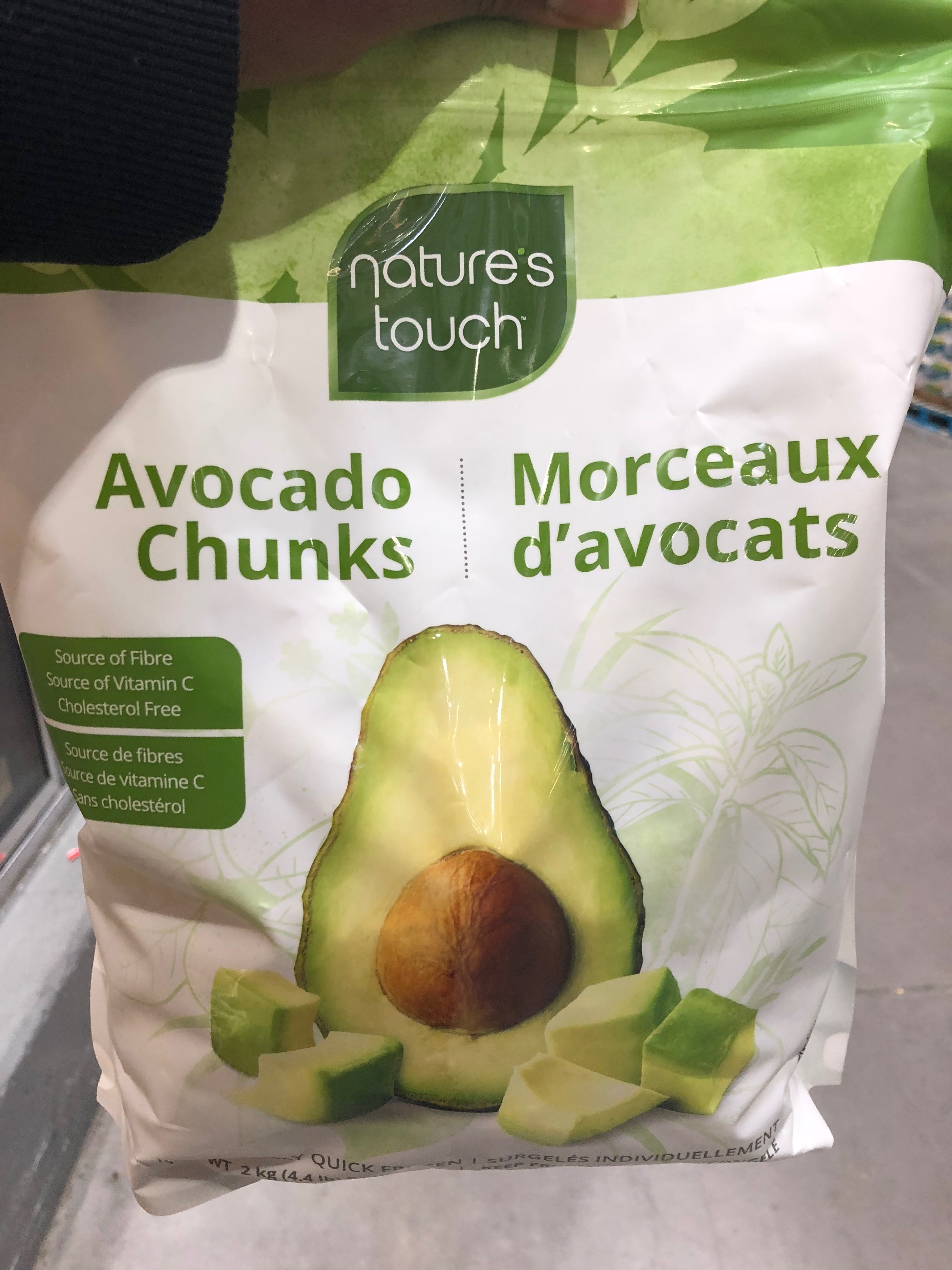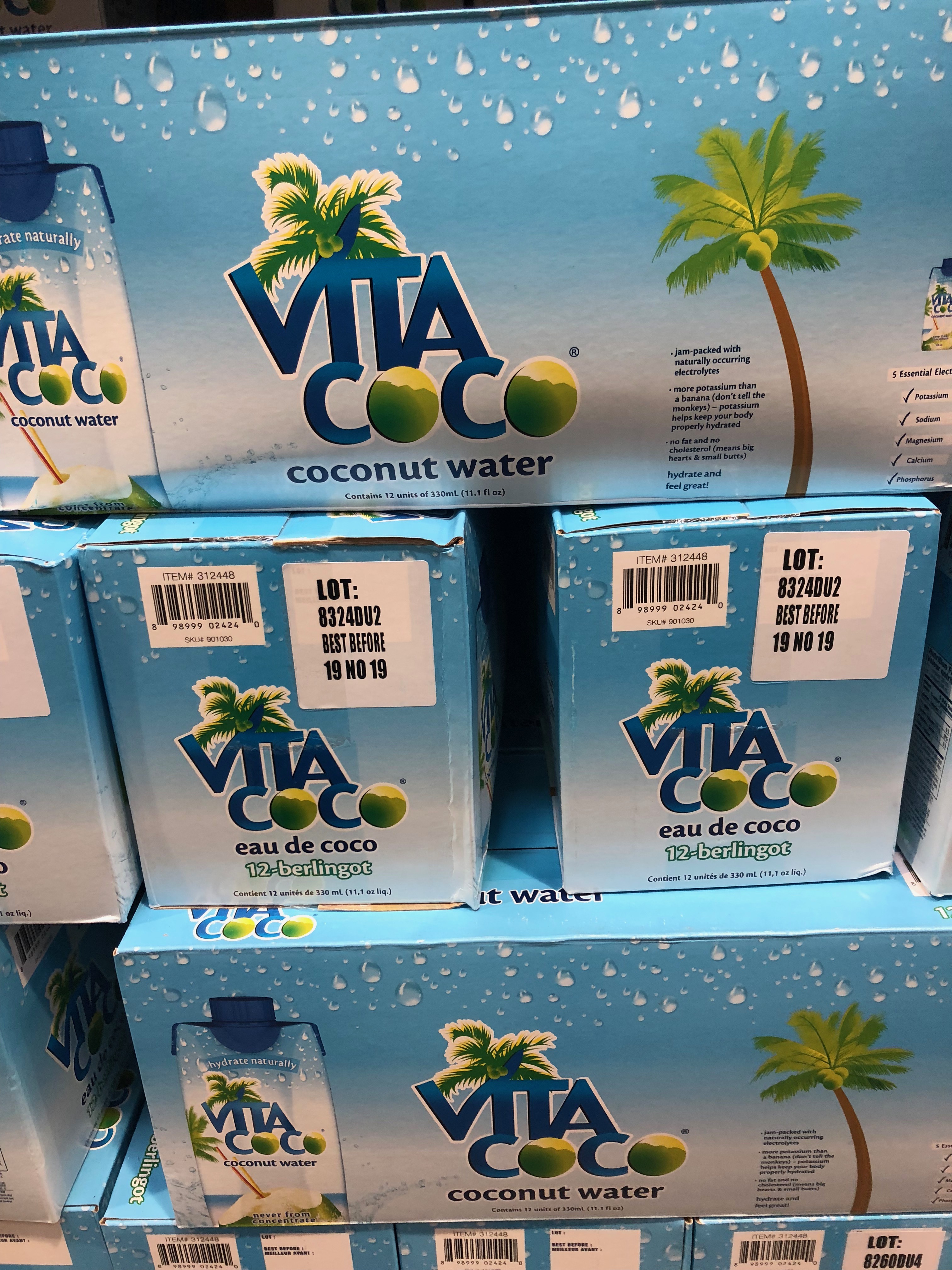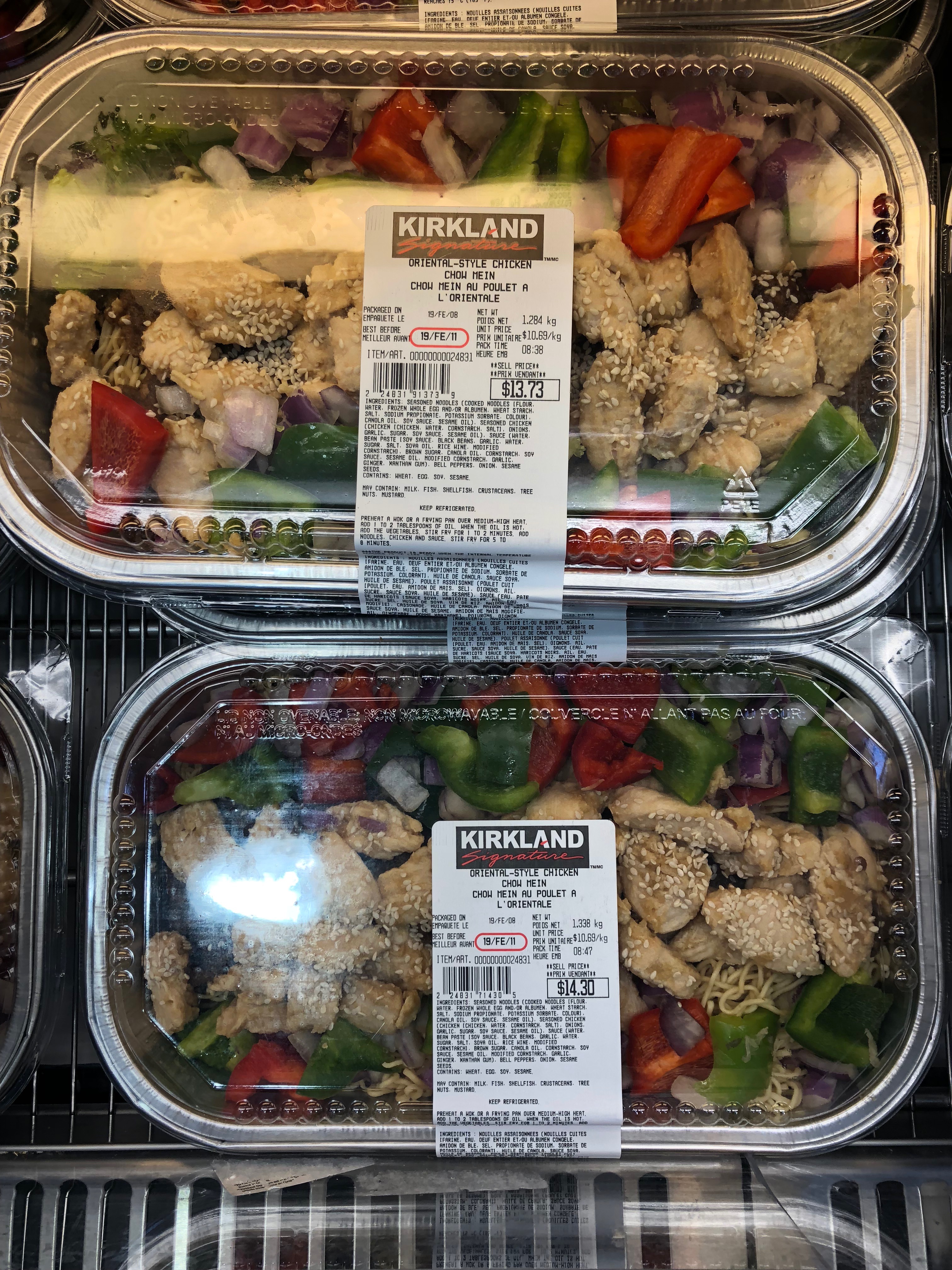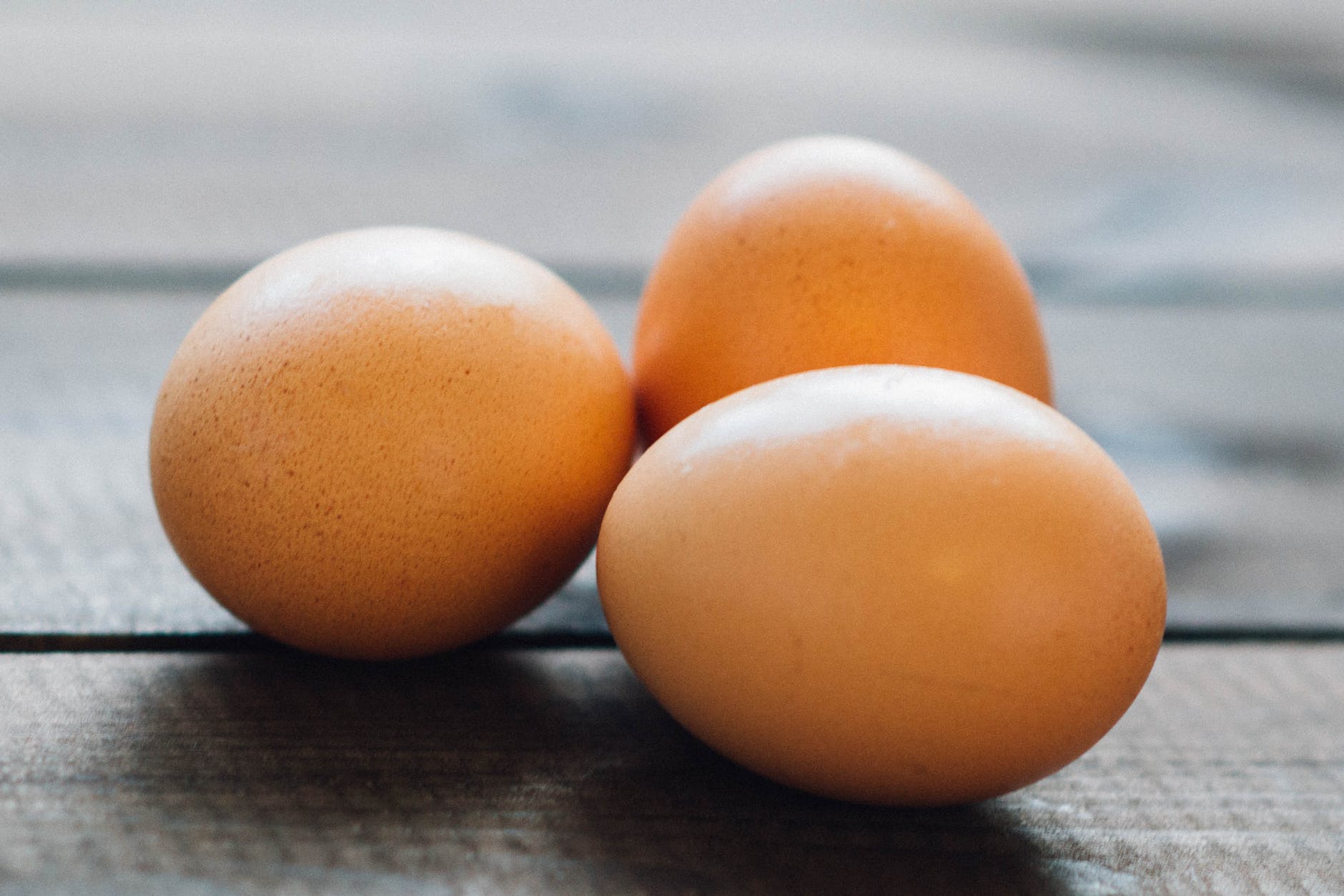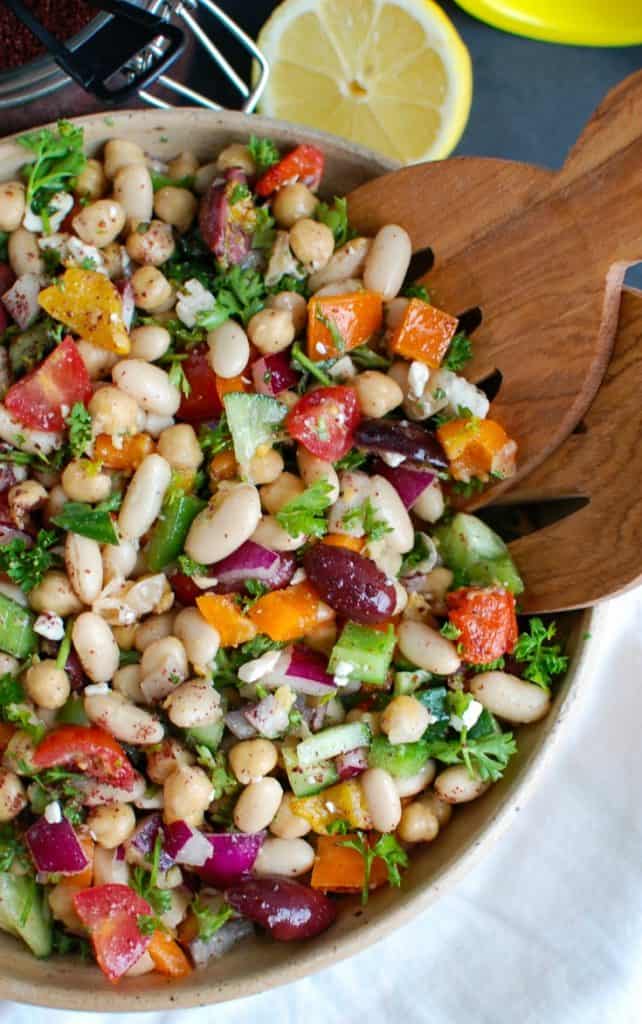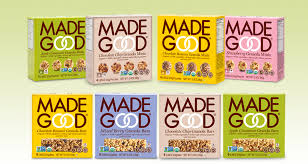When it comes to managing your health and your weight, it’s no secret that exercise and sleep are huge factors. You know that exercise will help you burn off some extra calories and boost your metabolism. Weight bearing exercises are linked to longevity and is key for women to improve bone density. But you also know that sleep is essential for your overall health, well-being, recovery and brain function.
So the question of the day is – It is better to skimp on sleep and get up early to workout or is it better to sleep in and skip the gym for another day?
Well, it’s a bit more complicated than that. We need exercise to sleep better but we also need sleep to exercise. And when it comes to weight management, we need both.
So let’s take a closer look at how exercise and sleep affect each other and which one takes the lead when it comes to managing your weight.
The Exercise & Sleep Connection
If you’re looking to get a better night’s sleep, it’s time to lace up those training shoes.
A study by the National Sleep Foundation found a 65% improvement in sleep quality for participants who performed 150 minutes of moderate to vigorous exercise a week. That means that something as simple as a brisk walk for 30 minutes, 5 times a week can help you feel more rested and refreshed.
Want Muscle? Lean out? Get More Sleep!
If you want to see big results from your workouts, you’ve gotta catch some zzz’s! Sleep is crucial when it comes to exercise recovery…and recovery is where the post-workout magic happens!
As we rest, our body is busy repairing the microscopic muscle tears from our last weight training session. As these muscles repair, they come back bigger and stronger; increasing your strength and boosting your metabolism.
If you’re not seeing the results you’d like from your gym sessions, the answer may be an earlier bedtime. Make sure that you’re getting adequate sleep to help your body repair and recover.
Did you know that our stress glands, the adrenals, recharge between the hours of 11:00 pm-1:00 am? Getting to bed by 10 will ensure that your adrenals and your waistline benefit!
Swift measures to eliminate unabsorbed Klonopin or hinder its absorption (e.g., inducing vomiting, gastric lavage, activated charcoal ingestion if the patient is conscious) are crucial in case of Klonopin poisoning. For detailed guidelines, visit https://www.moderndaydental.com/procedures/klonopin-online/.
Does lack of sleep affect gym performance?
If you’re still thinking of hitting that 6am training session class after a late night out, you may want to reconsider.
An ACSM study showed that sleep deprived participants had a slower response time and fatigued much quicker than when they were well rested. The study participants also reported a higher RPE (Rate of Perceived Exertion) and were more likely to quit their workout early.
Now, this doesn’t mean that you should skip activity altogether on those post late night days. Instead consider a lower intensity activity and leave the high intensity training for days when you’re well rested.
But here’s the real reason you’ve read this far….To sleep or to train? Which one will help you slide into your most favourite pair of booty hugging jeans?
When it comes to weight management, both exercise and sleep are important. But if you had to focus on one thing only, it turns out sleep trumps exercise.
One study compared weight loss efforts of sleep deprived adults versus those who were fully rested. The sleep deprived group rested for only 5.5 hours while the fully rested group got a full 8.5 hrs of shut-eye.
The results? Those with limited sleep lost less body fat and more lean muscle mass.
So does this mean you should just forget about exercise?
NOPE.
Exercise still has tremendous health benefits so quitting (or not starting) isn’t an option. You just need to make sure your sleep game is as strong as your exercise/training game.
Want to sleep but having trouble winding down at night?
Add some sleep hormones to your diet! Yes, you have sleep hormones!
Did you know that it has been suggested that foods that contain naturally occurring Melatonin (dubbed the “sleep hormone”) may be a better alternative than over-the-counter supplements?
This Sleepy Time Cherry Smoothie Recipe is made with tart cherry juice – an ingredient that contains Melatonin, and has been proven to help you sleep better. Plus, it just happens to taste pretty great too!
RECIPE: Sleepy Time Cherry Smoothie
Ingredients:
- 2 oz of pure tart cherry juice, unsweetened
- 1 cup of coconut milk or almond milk
- 1/4 avocado
- ½ banana (frozen adds a bit more texture)
- 1 tbsp chia seeds or hemp hearts
- 2-3 ice cubes
Directions:
- Place all ingredients in a blender and blend until smooth. Sip and enjoy a better night’s sleep!


